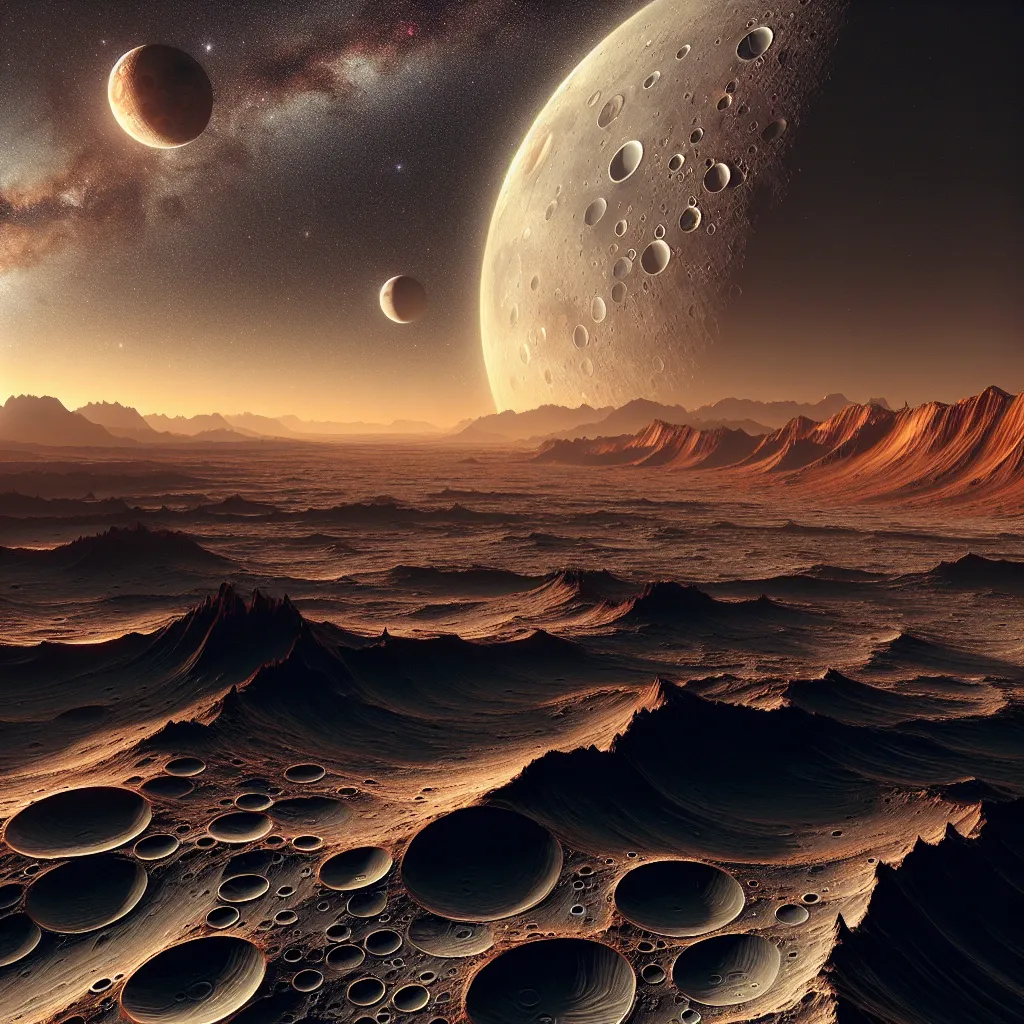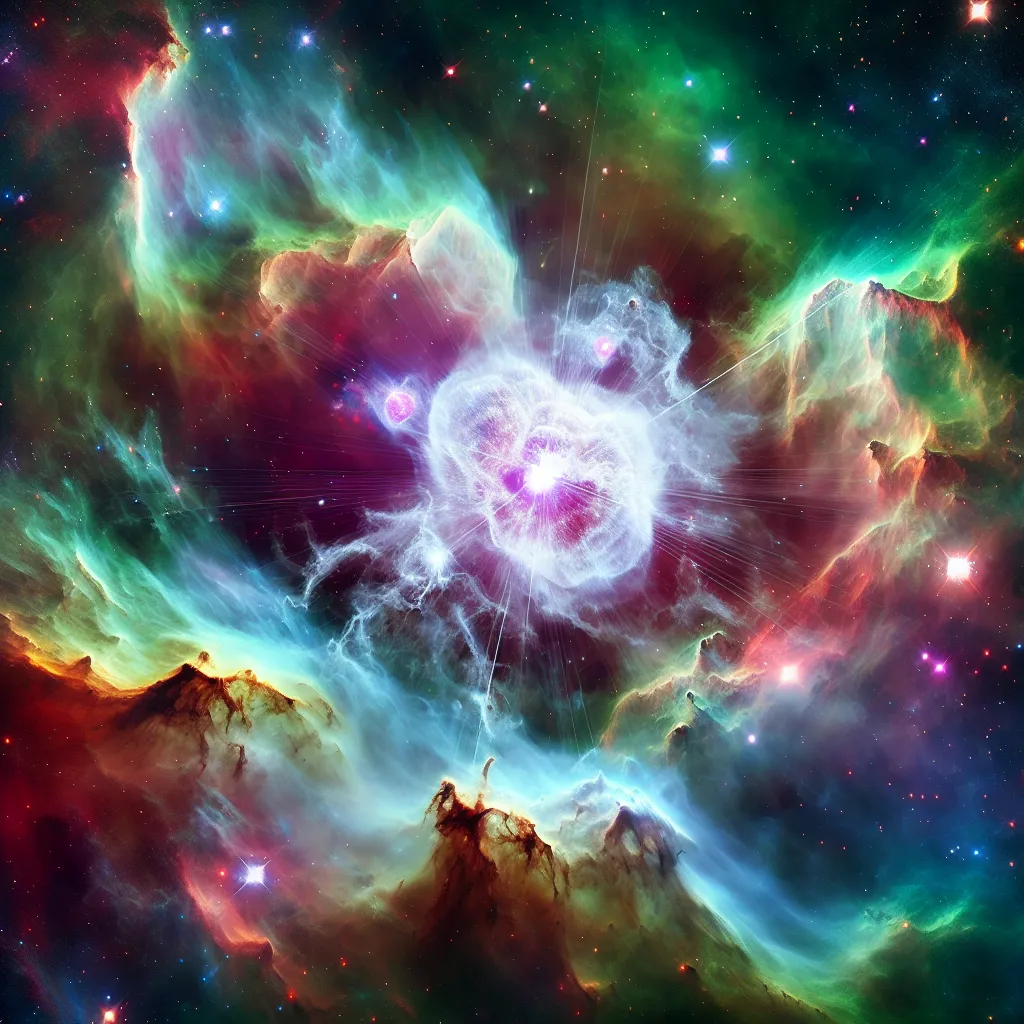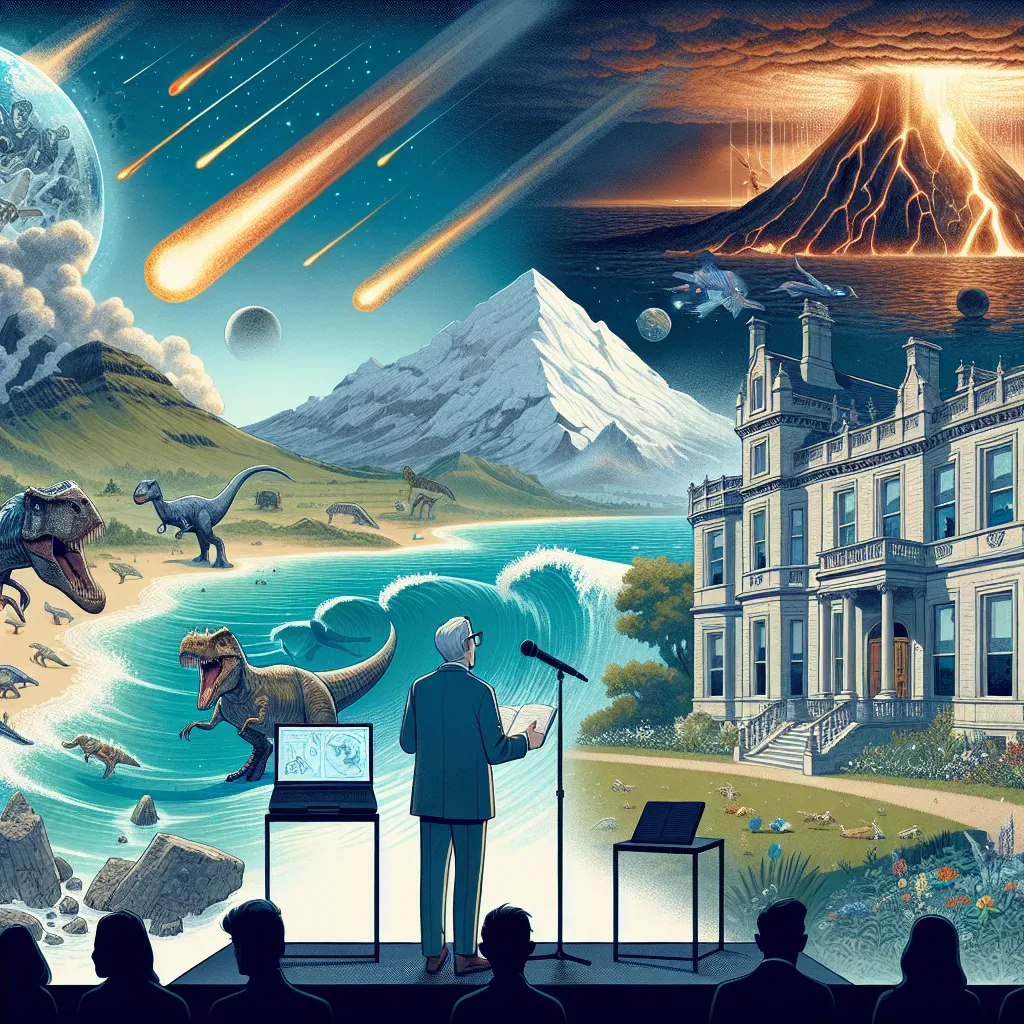Mars’ two tiny moons just don’t cut it when it comes to stabilizing its tilt. The Red Planet ends up rolling much more than Earth, and some scientists think that’s why life didn’t get a foothold there.
Take a look at our Moon, and those craters are hard to miss. Astrophysicist David Kring, for instance, sees a wild and ancient history written in those pits and dents. Wander out to your backyard, and you can spot craters directly on the lunar surface. Over 300,000 craters, ranging from half a mile to over 500 miles wide, tell tales of countless meteorite impacts. The biggest crater visible from here is the Imbrium Basin, which is a staggering 700 miles across.
These moon craters didn’t just happen overnight. Most of them were created around 4 billion years ago, thanks to Jupiter and Saturn. The gas giants’ alignment messed with their orbits and flung asteroids toward the inner solar system, bombarding Earth and the Moon. This deluge of space rocks is known as the Lunar Cataclysm.
Picture it: massive asteroids crashing down, some forming craters as big as continents, others heating up atmospheres and wiping out oceans. Life on Earth’s surface didn’t stand a chance during this chaotic period. Earth’s intense gravity didn’t help, either, dragging even more meteorites straight toward it.
Our small Moon, hanging so close, took a battering too. Asteroids set on hitting Earth often veered and collided with the Moon instead, inflicting heavy damage. Most of the craters we see today were formed during this catastrophic era, with around 80% of the lunar surface obliterated.
Lava oozing from fissures during these impacts filled the craters, cooling and solidifying over millions of years into dark, basaltic seas known as “Maria.” The most famous one, the Sea of Tranquility, along with others, form the familiar face of the “man in the moon” that we gaze at today.






